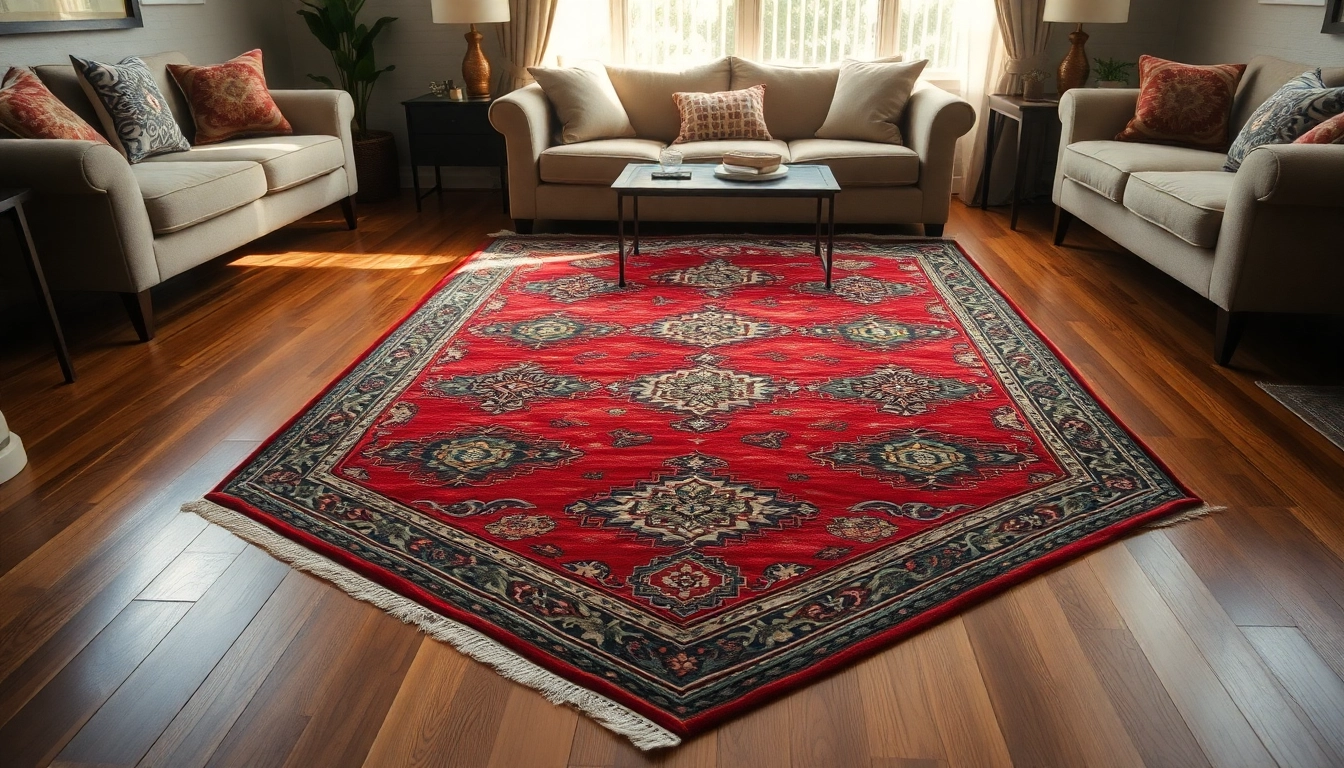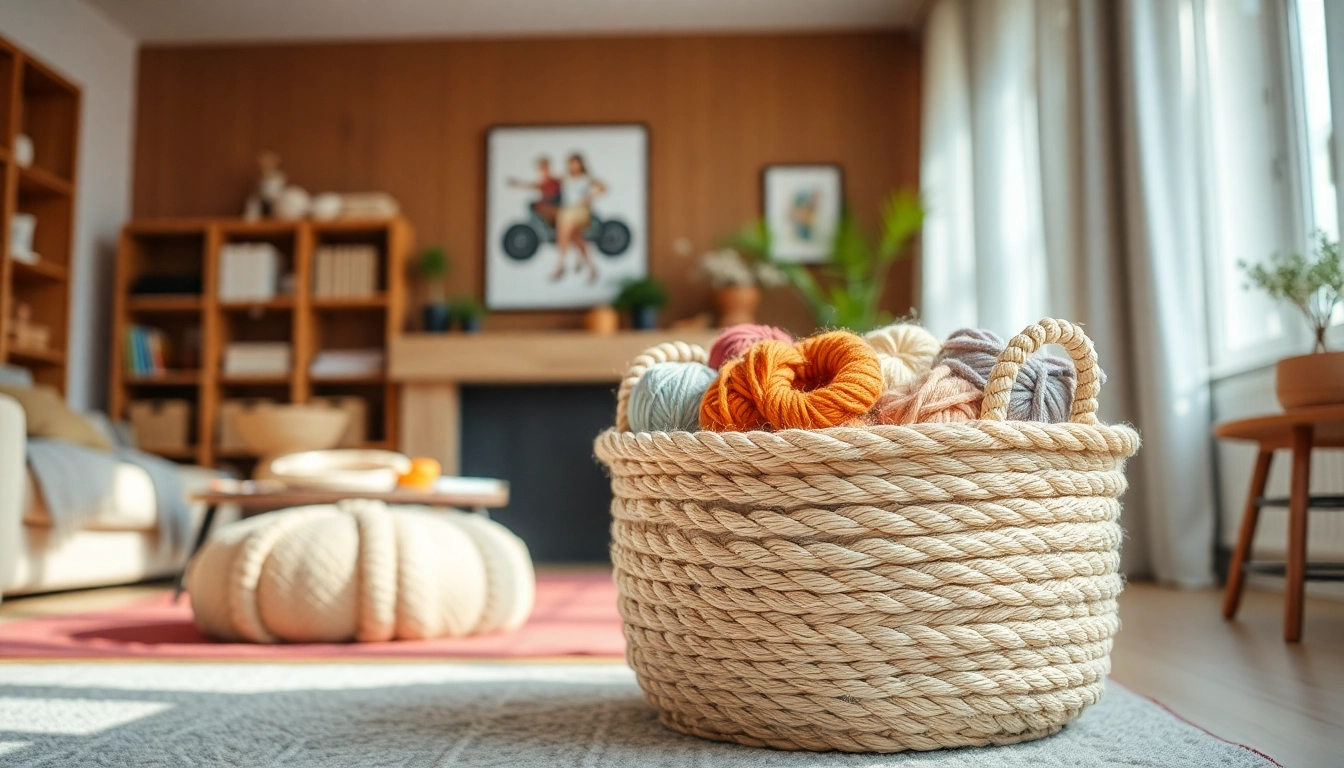Introduction to Nativity Sets
Nativity sets hold a special place in the hearts of many during the festive season, serving as a beautiful representation of the birth of Jesus Christ. These remarkable displays not only bring warmth and joy to homes but also embody a rich tapestry of artistic traditions, cultural significance, and personal storytelling. From small, simple arrangements to grand, elaborate displays, Nativity sets can transform a space, inviting reflection on the values of love, family, and faith that permeate this holy time of year.
Understanding Their Significance
The tradition of displaying Nativity sets dates back centuries and has evolved through different cultures and artistic movements. At their core, these sets depict the biblical scene of Jesus’s birth, including key figures such as Mary, Joseph, Baby Jesus, shepherds, and the Wise Men. Each piece is often thoughtfully crafted, reflecting not only the story but the values and beliefs of those who display them.
In many cultures, setting up a Nativity is not merely a decorative act; it is a cherished family tradition that serves as a means of teaching children about the nativity story and the spirit of giving. Moreover, Nativity sets can evoke a sense of community, as many families take part in local events that celebrate the Christmas season, sharing their own representations of this significant moment.
Types of Nativity Sets
When it comes to Nativity sets, the variety is vast. Different styles cater to diverse tastes, cultural backgrounds, and budgets. Here are some popular types:
- Traditional Sets: Typically reflecting classic European craftsmanship, these sets often feature intricate details and are made from materials like porcelain or wood.
- Outdoor Nativity Sets: These robust versions are designed to withstand the elements, often made from durable materials such as plastic or metal, and are larger in scale for outdoor displays.
- Miniature Nativity Sets: Perfect for those with space constraints, these smaller versions still capture the essence of the nativity while fitting on mantels or tabletops.
- DIY Nativity Sets: For the crafty and creative, making a personalized Nativity set can be a fulfilling project. These can be crafted from various materials, including natural items, fabric, or even recycled materials.
- Artisan Sets: Handmade by local artisans and often unique in design, these sets provide a personal touch and may reflect regional styles and materials.
Choosing the Right Nativity Set for Your Home
Selecting the perfect Nativity set involves more than just aesthetic appeal; it’s about finding a piece that resonates with your values and fits your home decor. Here are some considerations:
- Size: Consider where you will display it. Larger sets may need a dedicated table or mantel, while smaller sets can fit in tighter spaces.
- Style: Think about your home’s decor. A modern nativity might look out of place in a home with a traditional theme.
- Material: Depending on your lifestyle, you may prefer resin over porcelain for its durability, especially if children or pets are present.
- Price: Budgets vary widely, so find a set that reflects good quality without straining your finances.
- Emotional Resonance: Choose a set that tells a story or has a significant meaning for you or your family.
The Artistry Behind Nativity Sets
Materials Used in Crafting Nativity Sets
The material used to create a Nativity set greatly influences its appearance, durability, and price point. Common materials include:
- Wood: Often carved and painted by hand, wooden nativity sets offer a rustic feel. They vary in quality and can be quite durable.
- Resin: This versatile material can be cast in intricate designs and is favored for its affordability and wide range of styles.
- Porcelain: Known for its delicate appearance, porcelain nativity sets are often more fragile and suited for indoor displays.
- Fabric: Soft nativity sets, sometimes made from felt or other textiles, are popular for children’s displays and DIY crafts.
- Eco-friendly materials: Increasingly, artisans are opting for sustainable resources, promoting environmental consciousness while preserving traditional designs.
Popular Artistic Styles and Trends
Artistic interpretations of nativity scenes have broadened, giving rise to various styles that resonate with collectors and families alike:
- Traditional European: These sets typically feature realistic representations and historical accuracy, often reflecting styles from different European cultures.
- Contemporary: Modern nativity sets may use abstract designs, vibrant colors, and innovative materials, appealing to younger audiences or those seeking a unique style.
- Ethnic Variants: Many cultures portray the nativity with local flora, fauna, and clothing, celebrating diversity and regional artistry.
- Whimsical Designs: Playful interpretations of the nativity story that include humor or fantasy elements, making them appealing to children and families.
Collecting Fine Nativity Sets
Collecting nativity sets can be a rewarding hobby that allows for artistic appreciation and personal expression. Here are some tips for starting and developing a collection:
- Research: Learn about different styles and artists to identify pieces that resonate with your taste.
- Attend Fairs and Markets: Craft fairs, holiday markets, and exhibitions often showcase unique nativity sets not found in regular stores.
- Connect with Other Collectors: Engaging with communities online or in local groups can provide valuable insights and trade opportunities.
- Document Your Collection: Keep records of your sets, including their origins and any significant stories, enhancing their value beyond monetary worth.
- Preserve and Display: Proper display and care are vital. Ensure your sets are well maintained to preserve their artistry for years to come.
Setting Up Your Nativity Sets
Optimal Locations for Display
Choosing the right location for your nativity set is crucial to ensure it serves its purpose of inspiring and reminding viewers of the season’s significance. Here are some suggestions:
- Mantelpieces: A classic choice, mantels provide a natural focal point in living rooms.
- Dining Tables: Positioning a nativity set at the center of your dining table encourages conversations about the story and its meaning.
- Window Sills: This allows for visibility from outside, sharing the spirit of the nativity with your neighborhood.
- Niches and Shelves: Utilizing built-in shelves can make use of vertical space, turning everyday places into showcases.
Accessorizing Your Nativity Set
To enhance the visual storytelling of your nativity display, consider incorporating accessories:
- Background Scenes: A painted or fabric backdrop can create depth and context, adding to the overall presentation.
- Lighting: Consider soft lighting to create an inviting atmosphere. String lights or small lamps can highlight the nativity’s beauty.
- Natural Elements: Incorporating items like moss, twigs, or artificial snow can add an organic element reminiscent of the original site of the nativity story.
- Seasonal Decor: Elements such as ornaments, candles, or other festive items can be added for a richer holiday feel without overwhelming the nativity set itself.
Integrating Nativity Sets into Holiday Decor
A nativity set can harmoniously blend with your overall holiday decorations. Here are strategies for integration:
- Color Coordination: Match colors from your nativity set with other holiday decor, creating a cohesive look throughout your home.
- Layering: Place your nativity set among other holiday decorations, allowing them to complement one another rather than compete.
- Theme-Specific Decor: If you have a specific theme (such as rustic or traditional), align your nativity set and additional decorations within that framework for a unified aesthetic.
- Seasonal Themes: As the holiday season progresses, consider changing the accessories around your nativity set to reflect various celebrations like Advent or Epiphany.
Preserving and Caring for Nativity Sets
Storage Tips for Your Nativity Sets
Proper storage is essential for preserving the beauty and integrity of your nativity sets. Here are some best practices:
- Use Original Packaging: If possible, keep nativity sets in their original boxes, designed to protect each piece during storage.
- Wrap Individual Pieces: For fragile items, wrap them in tissue paper or bubble wrap to prevent chipping or breaking.
- Label Boxes: Clearly label storage containers to make retrieval easier each holiday season.
- Store in a Climate-Controlled Area: Avoid areas with extreme temperatures or humidity, as this can damage delicate materials.
Cleaning and Maintenance Guidelines
To keep your nativity set looking pristine, regular cleaning is necessary. Follow these cleaning tips based on material:
- Wood: Wipe gently with a damp cloth and avoid soaking in water to prevent damage.
- Resin: Dust with a soft cloth and occasionally wash with mild soapy water, rinsing thoroughly.
- Porcelain: Handle with care, cleaning with a soft cloth or sponge. Avoid aggressive scrubbing to prevent scratches.
- Fabric: Spot clean as needed, using gentle detergent and avoiding heavy solvents that may cause discoloration.
Long-term Care for Fragile Pieces
For collectors, preserving the value of nativity sets can require additional care:
- Display Wisely: Avoid placing fragile pieces in high-traffic areas to minimize the risk of accidents.
- Regular Inspections: Periodically check for any signs of wear or damage, addressing issues promptly to prevent further deterioration.
- Temperature Vigilance: Maintain stable environmental conditions, avoiding sudden changes in temperature or humidity that can affect sensitive materials.
- Education: Stay informed about proper preservation techniques and consult experts if necessary, particularly for vintage or rare pieces.
Finding Unique Nativity Sets
Where to Shop for Quality Nativity Sets
Finding unique nativity sets can be an adventure, leading you to local artisans, specialty stores, and online markets. Here are some avenues to explore:
- Local Craft Fairs: These venues can surprise you with one-of-a-kind sets created by talented local artists.
- Specialty Shops: Stores that focus on holiday decor may carry exclusive designs you won’t find elsewhere.
- Online Marketplaces: Digital avenues can connect you with sellers from around the world, expanding your options significantly.
- Estate Sales and Antiques Fairs: Vintage pieces can sometimes be unearthed at these events, adding historical context to your collection.
Supporting Local Artisans
Purchasing nativity sets from local artisans not only supports the craftspeople in your community but also often results in acquiring unique pieces that carry stories themselves. Consider the following:
- Visit Artisan Markets: Many communities host markets where local artisans sell their crafts, allowing you to purchase directly.
- Engage with Artists: Engaging with the creators can provide insights into their techniques and inspirations, further enhancing your appreciation of the piece.
- Custom Commissions: Some artisans may take custom orders, allowing you to tailor a nativity set to your personal vision.
Online Resources and Communities
The digital age has invited a plethora of resources for nativity set enthusiasts. Here are some suggestions for community engagement and online resources:
- Social Media Groups: Platforms like Facebook and Instagram are popular for sharing collections, asking for advice, and connecting with other enthusiasts.
- Online Forums: Many websites and forums are dedicated to collectors, offering a space to ask questions, share experiences, and find support.
- YouTube Tutorials: Discover tips on setting up and caring for your nativity sets through instructional videos by collectors and artisans.



